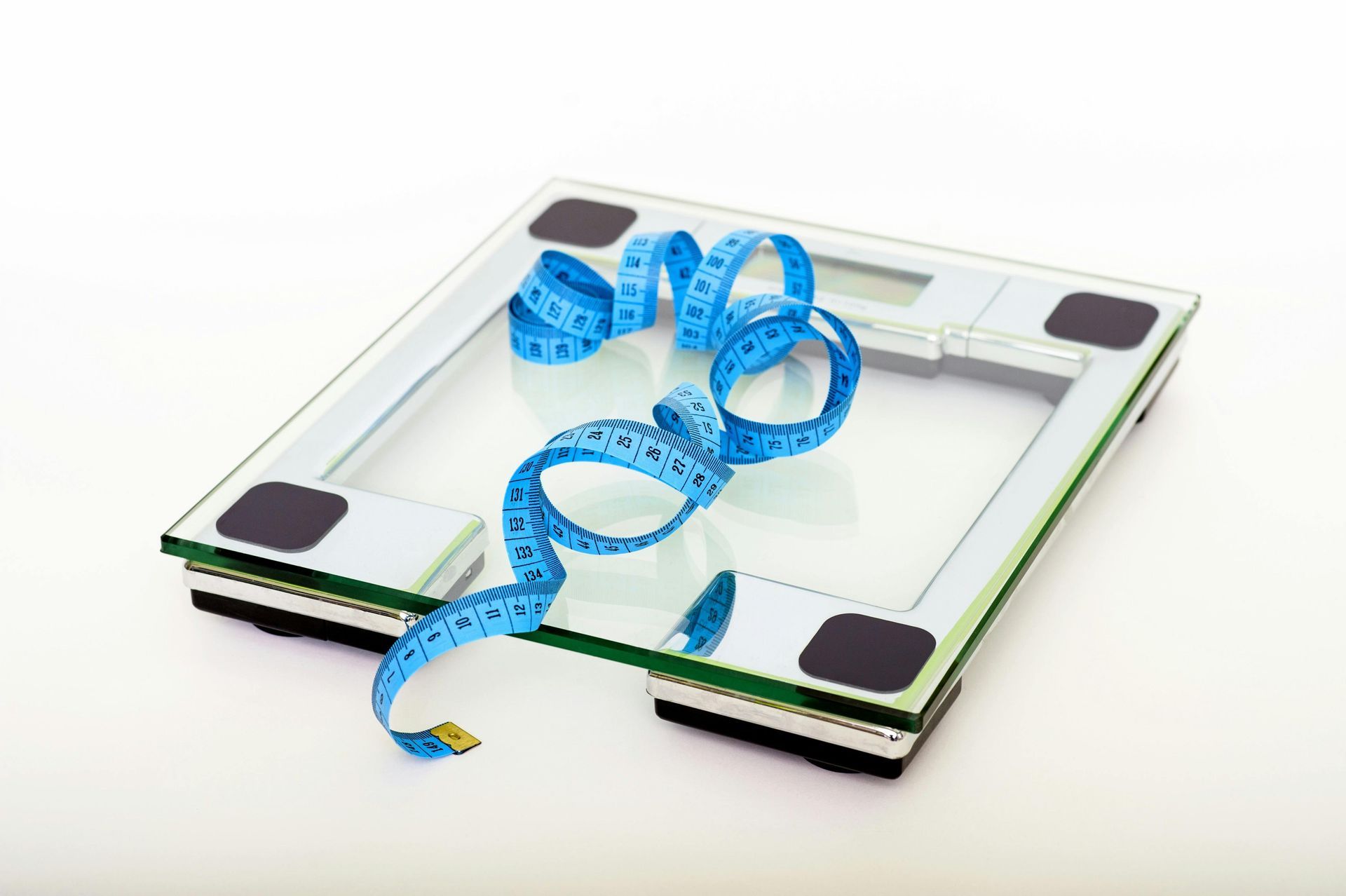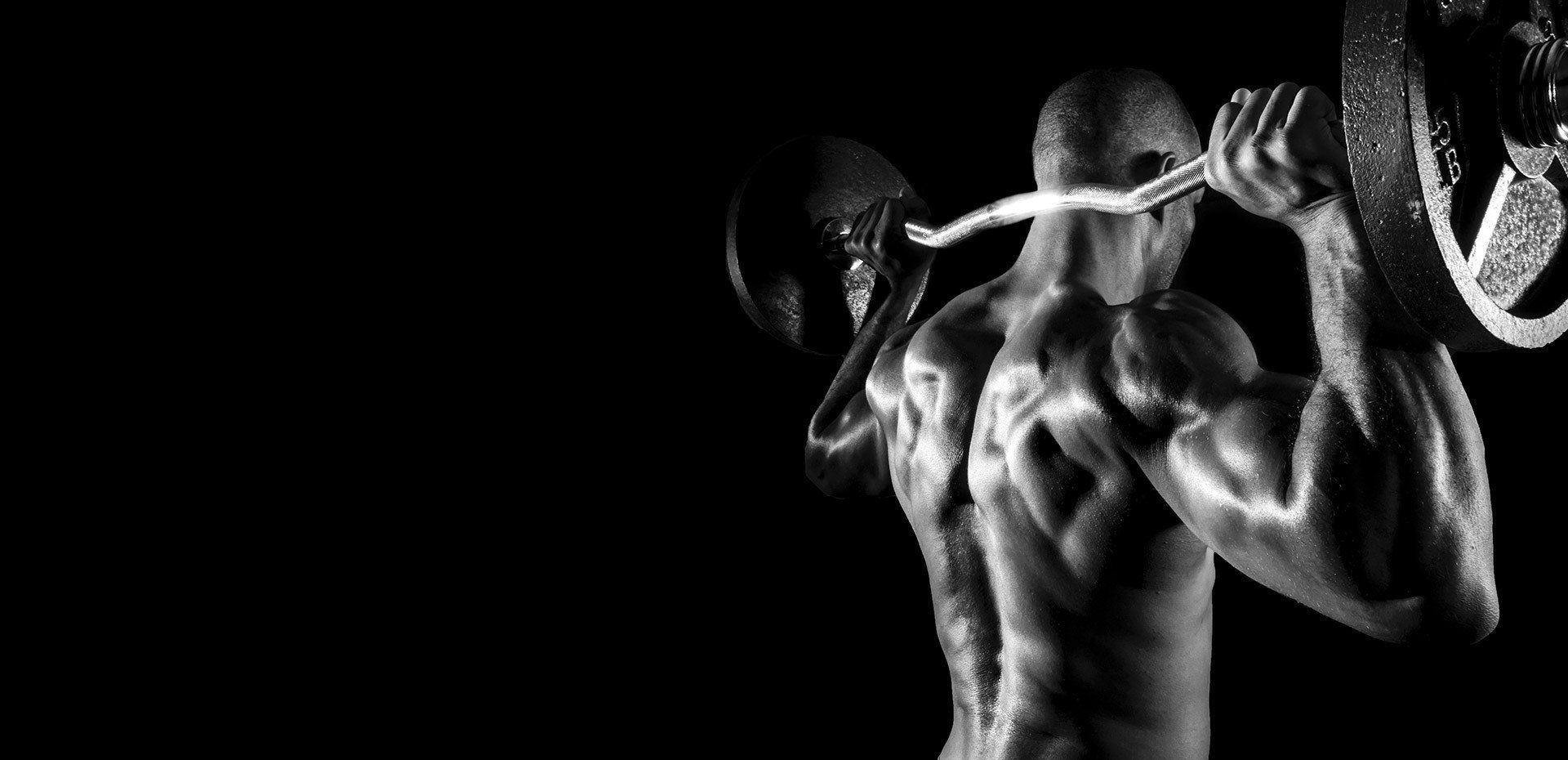The 4 Main Types of Diets for Effective Fat Loss
Low Carb, Low Fat, Intermittent Fasting, Calorie Deficit

The 4 Main Types of Diets for Effective Fat Loss (Without the Fluff)
Introduction
Let’s be honest: the world of fat loss can be overwhelming. Keto this, low-fat that, don’t eat after 8 p.m., eat six times a day—who can keep up? The truth is, while diets come in endless forms, most of them fall into a few main camps. Here’s a breakdown of the four major types of diets that actually work when done right—plus some real talk on what they’re like to follow.
1. Low-Carbohydrate Diets
Think: Keto, Atkins, Paleo-ish
What it is:
Low-carb diets reduce your intake of carbohydrates—think bread, pasta, rice, and sugar—and increase your intake of fats and proteins. The idea is to lower your body’s insulin levels (a hormone that stores fat), so your body starts burning stored fat for energy instead of relying on carbs.
In more extreme versions like
keto, carb intake drops so low (typically under 50 grams a day) that your body enters a state called
ketosis, where it turns fat into ketones for energy. Less extreme versions like Atkins or Paleo still restrict carbs but allow for more flexibility and a slightly higher carb count.
You’ll eat:
Meat, eggs, fish, low-carb veggies (like broccoli, spinach, and cauliflower), nuts, seeds, and healthy fats like olive oil, ghee, and avocado.
Example meal:
Grilled salmon with sautéed spinach in garlic butter and an avocado salad with olive oil dressing.
Pros:
- Fast initial fat loss (partly water, partly body fat).
- Often kills cravings because fat and protein are super filling.
- May help with blood sugar control and reduce inflammation.
Cons:
- Can be hard to stick with, especially if you're a carb lover.
- May cause fatigue or brain fog early on (“keto flu” is real).
- Not ideal for athletes doing lots of cardio or intense lifting—unless adapted.
2. Low-Fat Diets
Think: Old-school weight loss, Ornish, traditional food pyramids
What it is:
Low-fat diets aim to cut down on total fat intake—especially saturated fats—while increasing carbs, typically from whole grains, fruits, and vegetables. The main philosophy here is that fat is calorie-dense (9 calories per gram vs. 4 for carbs/protein), so reducing fat can help control calories overall.
These diets often emphasize
plant-based eating, low-fat dairy, and lean protein sources. Some versions (like the Ornish diet) go very low in fat and focus on high-carb, high-fiber foods from plants. Others are more moderate and just avoid fried or processed foods.
You’ll eat:
Fruits, vegetables, whole grains, beans, lentils, lean proteins (like chicken or tofu), low-fat dairy, and minimal oils.
Example meal:
Brown rice bowl with steamed broccoli, roasted chickpeas, grilled chicken breast, and a drizzle of low-fat tahini sauce.
Pros:
- Heart-healthy when focused on whole foods.
- Supported by decades of research on longevity and disease prevention.
- Can be budget-friendly and easy to meal prep.
Cons:
- May leave you feeling hungry if protein or fiber is too low.
- Easy to overdo it on refined carbs if you’re not mindful.
- Dietary fat is essential—cutting too much can affect hormones and satiety.
3. Intermittent Fasting (IF)
Think: 16:8, 5:2, OMAD
What it is:
Intermittent fasting isn’t about what you eat—it's about
when you eat. The idea is to give your body extended breaks from food so insulin levels drop and fat burning can increase. The most popular method is
16:8, where you fast for 16 hours and eat during an 8-hour window. Others include:
- 5:2: Eat normally for 5 days a week, then limit calories (e.g., 500–600) for 2 non-consecutive days.
- OMAD (One Meal a Day): You eat all your calories in one sitting, usually within a 1–2 hour window.
The simplicity appeals to people who don’t want to count calories or track food—just skip breakfast, eat later in the day, and stop earlier.
You’ll eat:
Whatever fits into your eating window. Many pair IF with clean, whole-food meals for better energy and results.
Example meal (for a 16:8 window):
Chicken stir-fry with mixed vegetables and jasmine rice, followed by a Greek yogurt bowl with berries and chia seeds.
Pros:
- Simple and flexible—no constant tracking or special foods required.
- Can help regulate appetite and improve digestion.
- Some evidence suggests benefits for insulin sensitivity and longevity.
Cons:
- May be tough socially (brunch? Nope.)
- Can cause headaches, low energy, or mood swings at first.
- Not recommended for pregnant women, people with a history of eating disorders, or those with high calorie needs (like athletes).
4. Calorie Deficit Without Food Rules
Also called: Flexible dieting, CICO (Calories In, Calories Out)
What it is:
This is the simplest concept of all:
fat loss happens when you consume fewer calories than your body burns, regardless of the specific foods you eat. It’s backed by physics—energy balance rules the game.
There are
no food restrictions here. You can eat carbs, fat, sugar, whatever—so long as you’re hitting your calorie target. This approach often uses tools like calorie-tracking apps to help you stay in control. Most people gravitate toward 80–90% whole foods because they make staying full and hitting nutrient goals easier.
You’ll eat:
Anything, as long as it fits your calorie goal. Think veggies, burgers, oatmeal, chocolate—all in moderation.
Example meal:
Turkey burger on a whole grain bun with roasted sweet potato wedges and a small square of dark chocolate for dessert.
Pros:
- Ultimate flexibility. No food is “bad” or “off-limits.”
- Helps build sustainable habits and long-term success.
- Teaches portion control and mindful eating.
Cons:
- Requires tracking (at least early on), which some find tedious.
- Easy to justify junk food if nutrition isn’t also a focus.
- Slower results compared to very restrictive diets, but often more sustainable.
Final Thoughts
Here’s the deal: every one of these approaches can help you lose fat—but only if it fits your lifestyle and you can actually stick with it. There’s no gold medal for choosing the hardest diet. Whether you’re all about structure (keto lovers, we see you), simplicity (hello, IF), or freedom (team calorie deficit), the best diet is the one you don’t hate.
Start with what feels realistic. And if you ever feel lost, just remember: eat mostly whole foods, move your body, and give it time. Fat loss is a marathon, not a sprint.






